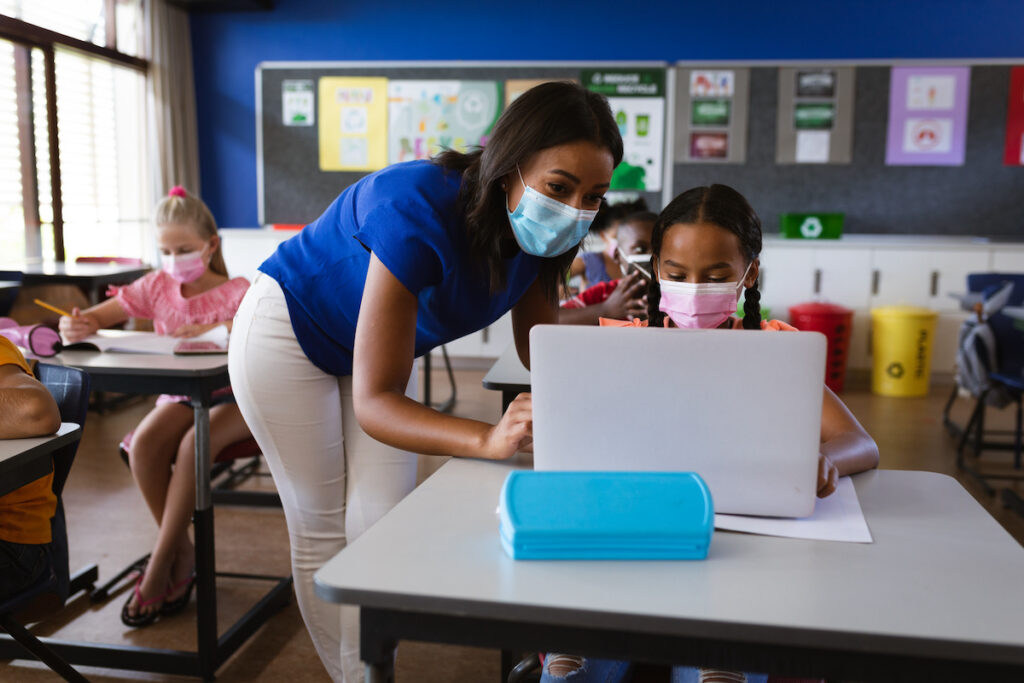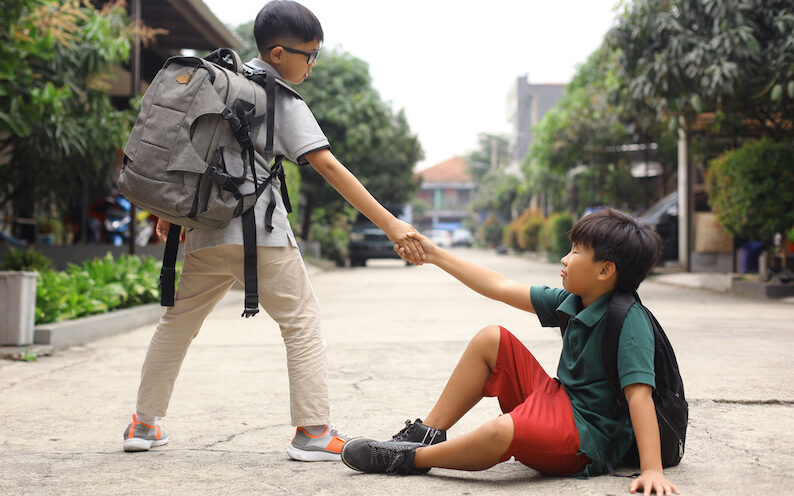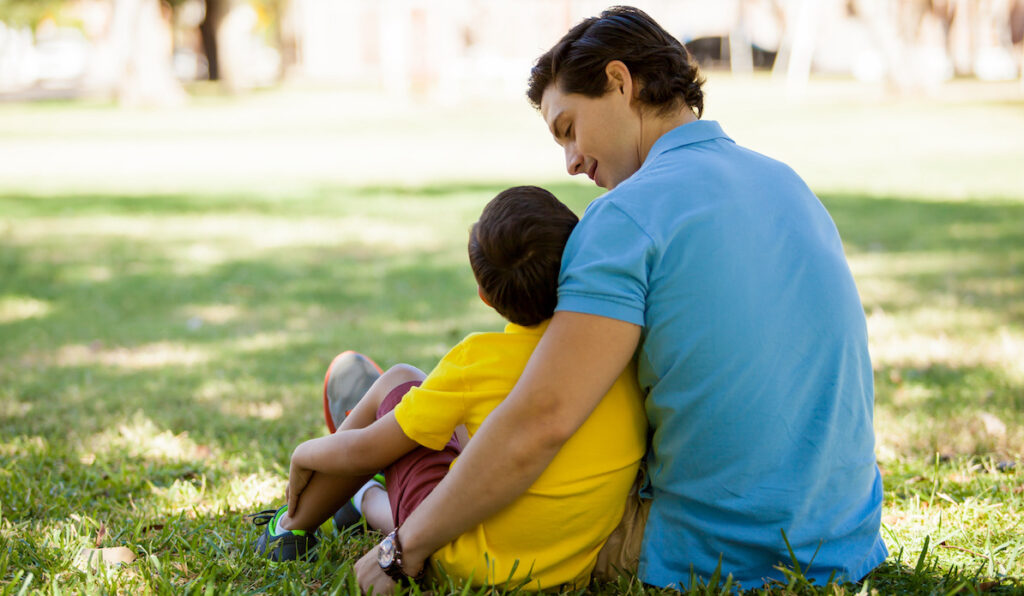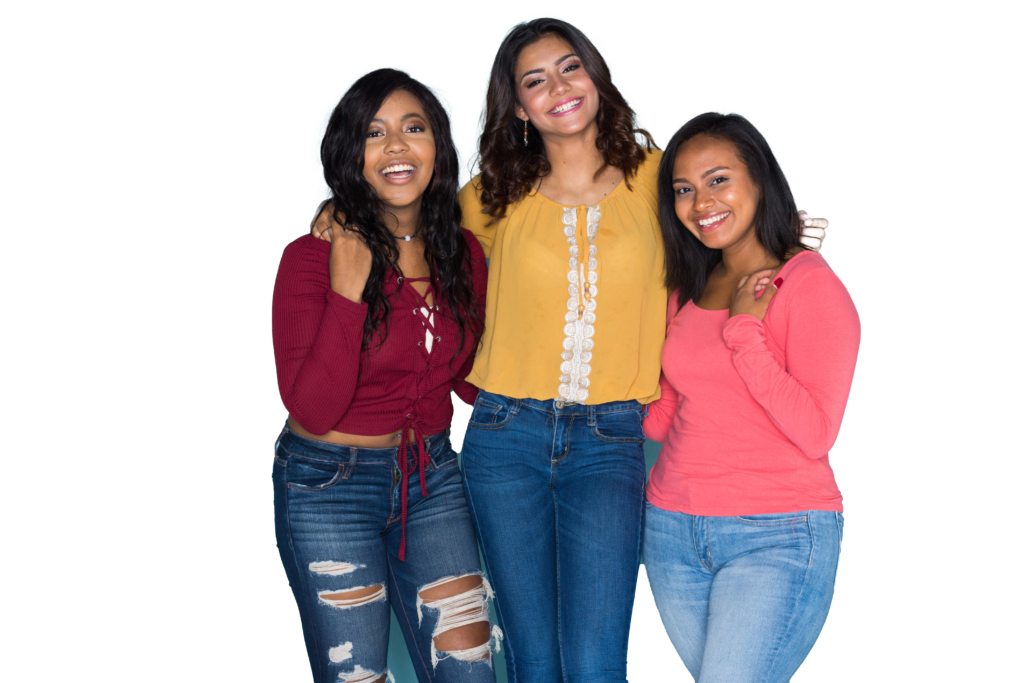Giving Compliments (Grades K-5)
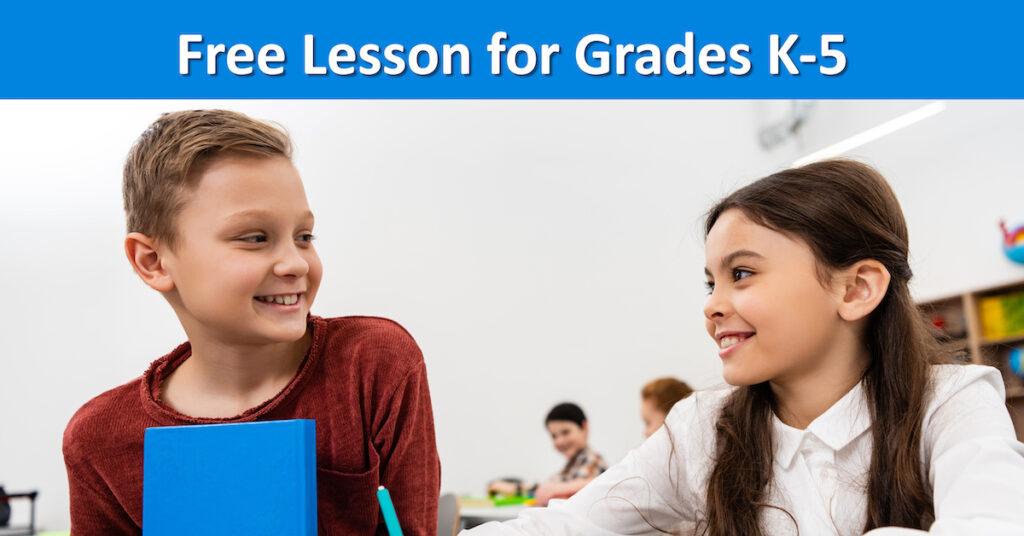
Overview:
Compliments are most meaningful when they are heartfelt and specific. In this activity, students practice giving compliments that are specific and kind. Students will also explore the right way to respond to compliments.
Character Education Objectives:
Students will:
- brainstorm specific and meaningful compliments for their classmates,
- reflect on the impact of hearing positive things about yourself, and
- discuss how to respond to compliments.
Materials:
- A sheet of paper with a star (approximately 8 inches) on it for each person
- Markers or pencils
Directions:
- Break students into small groups. Each group should stand in a circle.
- Provide each student with a paper star and ask them to write their name at the top of the star.
Students should pass their star to the person on their right. - Ask students, “Think about the classmate whose name is on top of the star. What is their ‘star quality? What’s one of the best things about them?”
- Each student should write a compliment on their classmate’s star.
- Encourage them to be honest and specific. Explain that the best compliments are the true ones! If needed, give suggestions as to the types of positive things they could say.
- Students can continue giving compliments as they pass their stars around the circle. Ask them not to repeat anything someone else has written. Remind them that they’re looking for everyone’s star qualities, not to decide who is the “star of the team.” Once they have complimented everyone in their group, everyone has their own star back.
- Note: If your participants are young, you may need to talk first about how we each dream of being a “star of the show” and that our everyday qualities bring star qualities to our group.
Discussion Prompts:
- Why do we all need to hear positive things about ourselves?
- Why it is sometimes hard to accept a compliment?
- What should we say when someone compliments us? (“Thank you”)


